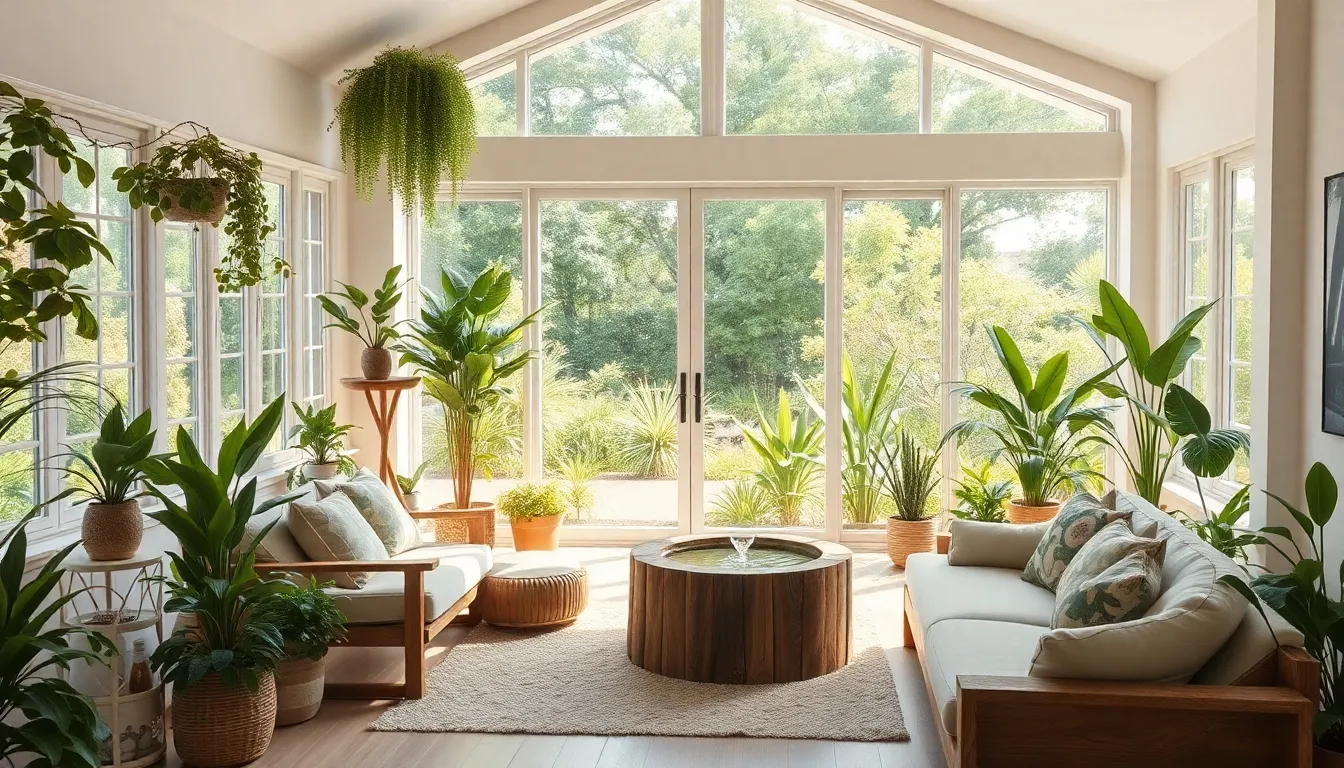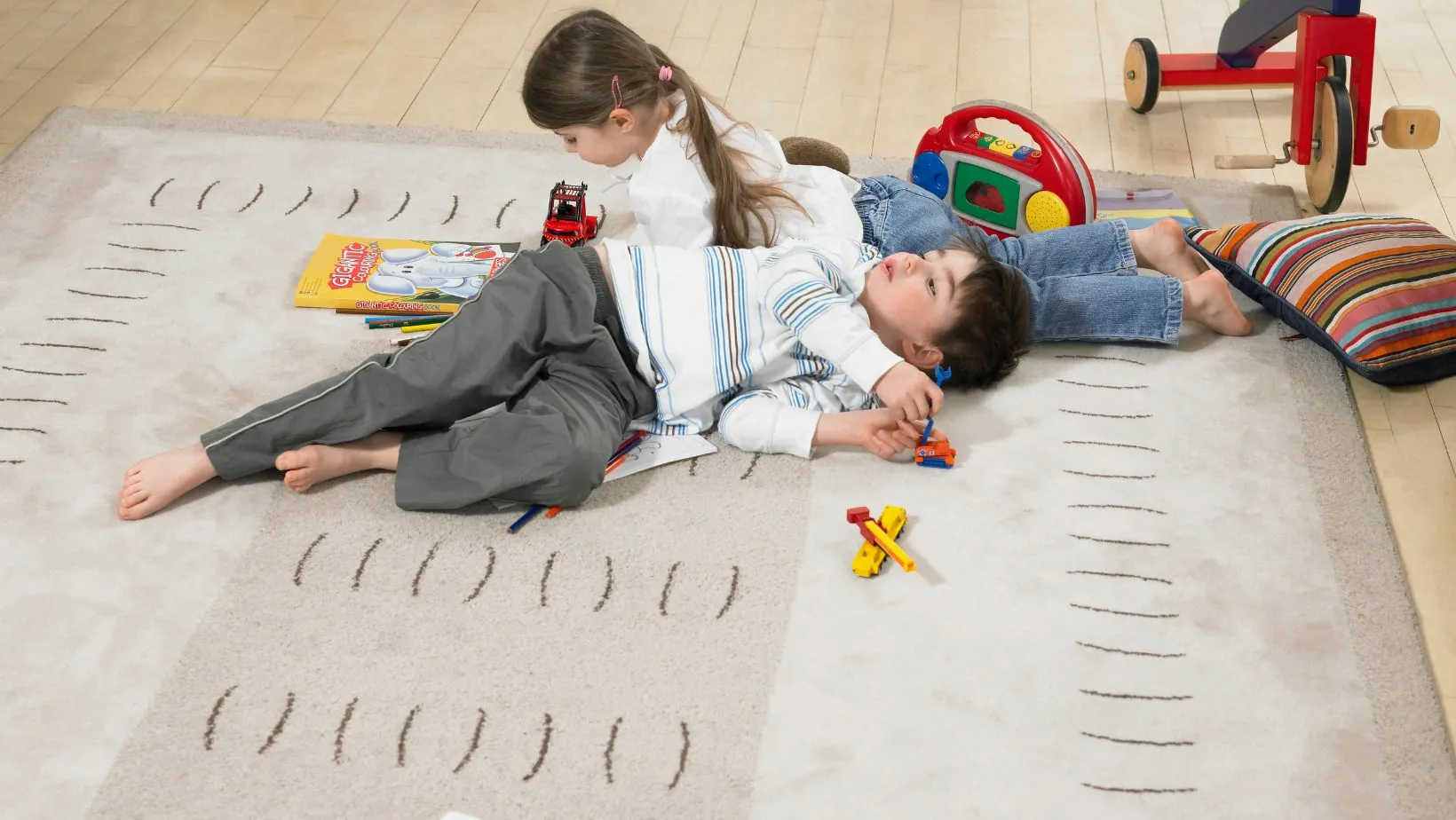Table of Contents
ToggleIn a world dominated by technology and urban landscapes, nature-inspired living offers a refreshing escape. This approach emphasizes harmony with the environment, encouraging individuals to integrate natural elements into their homes and lifestyles. From biophilic design principles to sustainable practices, it’s all about fostering a deeper connection with the earth.
Embracing nature-inspired living not only enhances well-being but also promotes sustainability. By incorporating natural materials and greenery into daily life, people can create serene spaces that rejuvenate the mind and spirit. Discovering the beauty and benefits of this lifestyle can inspire a more balanced, fulfilling existence.
Understanding Nature-Inspired Living
Nature-inspired living embodies a lifestyle that harmonizes with natural elements, fostering a connection between people and their environment. This approach promotes tranquility, mindfulness, and sustainability in daily life.
Definition and Concept
Nature-inspired living integrates aspects of nature into various environments, prioritizing designs and practices that reflect natural aesthetics. Biophilic design, a core component, utilizes natural materials, light, and greenery to create spaces that evoke serenity. This concept not only enhances the visual appeal but also improves air quality and overall well-being.
Benefits of Nature-Inspired Living
- Improved Mental Health: Exposure to nature reduces stress and anxiety, fostering a sense of calm and well-being.
- Increased Productivity: Natural elements in workspaces boost creativity and focus, contributing to greater efficiency.
- Enhanced Physical Health: Incorporating natural materials and plants improves indoor air quality, which can lead to fewer respiratory issues.
- Eco-Friendly Practices: Adopting sustainable methods reduces carbon footprints and conserves resources, contributing to a healthier planet.
- Connection with Nature: Regular interactions with the natural world cultivate a sense of belonging and appreciation for the environment.
Design Principles

Nature-inspired living incorporates design principles that promote well-being while harmonizing with the environment. Two critical elements in this approach are biophilic design and the use of sustainable materials.
Biophilic Design
Biophilic design focuses on creating connections between indoor environments and nature. Key strategies include:
- Natural Light: Maximizing daylight through large windows or skylights enhances mood and reduces reliance on artificial lighting.
- Indoor Plants: Incorporating greenery improves air quality and enhances aesthetic appeal.
- Natural Colors: Utilizing earth tones and organic textures creates a calming atmosphere that reflects the natural world.
- Water Features: Adding elements like fountains or aquariums provides soothing sounds and visual interest.
- Views of Nature: Designing spaces to offer vistas of natural surroundings fosters a sense of tranquility.
Biophilic design not only elevates the living experience but also boosts productivity and mental health by integrating nature into everyday spaces.
Sustainable Materials
Choosing sustainable materials is essential for eco-friendly design. Important considerations include:
- Recycled Materials: Using products made from recycled content minimizes waste and conserves resources. Examples include recycled glass countertops and reclaimed wood floors.
- Locally Sourced Materials: Sourcing materials from local suppliers reduces carbon footprints associated with transportation. Bamboo and cork are excellent choices that grow quickly and require minimal energy to produce.
- Non-Toxic Finishes: Opting for low-VOC (volatile organic compound) paints and finishes ensures healthier indoor air quality, reducing exposure to harmful chemicals.
- Durability: Selecting long-lasting materials decreases the need for replacements, resulting in less waste over time. Stone, metal, and high-quality wood exemplify durable choices.
Utilizing sustainable materials contributes to a healthier planet and reinforces the principles of nature-inspired living.
Home Decor Ideas
Incorporating elements of nature into home decor creates a calming atmosphere. Using natural textures and colors, along with plants, enhances the connection to the outdoors.
Natural Textures and Colors
Utilizing natural textures and colors brings warmth and tranquility to living spaces.
- Wood: Use reclaimed wood for furniture or accent walls to add an organic feel.
- Stone: Incorporate stone elements in countertops or flooring to create a grounded vibe.
- Fabrics: Choose textiles made from linen, cotton, or wool to introduce soft organic textures.
- Colors: Opt for earthy tones like greens, browns, and soft neutrals to evoke a sense of calm.
Incorporating Plants
Integrating plants into home decor enhances aesthetics and air quality.
- Indoor Plants: Use varieties such as snake plants, pothos, or ferns to improve indoor air quality.
- Vertical Gardens: Install vertical planters to maximize space and create a living wall.
- Succulents: Place succulents on windowsills or shelves for low-maintenance greenery.
- Herb Gardens: Consider growing herbs in the kitchen for fresh flavors and fragrant aromas.
Lifestyle Changes
Nature-inspired living encourages practical lifestyle changes that enhance well-being and foster a connection with the environment. Key aspects include mindfulness practices and engaging in outdoor activities.
Mindfulness in Nature
Mindfulness practices in nature elevate mental clarity and promote relaxation. Individuals can engage in mindful walking, where attention focuses on surroundings, sounds, and sensations. Meditation sessions outdoors allow for deeper immersion in natural settings, enhancing tranquility and reducing anxiety. Observing natural elements encourages appreciation for biodiversity and fosters a sense of belonging. Journaling outside boosts creativity and helps in processing thoughts and emotions, further solidifying the connection with the environment.
Outdoor Activities
Outdoor activities play a vital role in nature-inspired living. Hiking, biking, and kayaking provide physical exercise while allowing individuals to immerse themselves in nature. Gardening offers a tactile experience that enhances well-being and connects people to the earth. Nature photography cultivates awareness of surrounding beauty and inspires exploration. Wildlife observation encourages appreciation for ecosystems while fostering a sense of stewardship toward the environment. Regular outdoor activities contribute to improved physical health and emotional wellness, reinforcing the principles of a nature-inspired lifestyle.
Embracing nature-inspired living transforms everyday life into a more harmonious experience. By integrating natural elements into homes and daily routines, individuals can cultivate a serene environment that supports mental and physical well-being. This lifestyle not only enhances personal health but also fosters a deeper connection with the environment.
The benefits of biophilic design and sustainable practices extend beyond aesthetics. They create spaces that promote relaxation, productivity, and appreciation for the natural world. Whether through mindful outdoor activities or incorporating greenery indoors, nature-inspired living encourages a balanced existence. Adopting this approach leads to a more fulfilling life that values both personal wellness and environmental sustainability.







